Oh boy, I thought I knew what it was like to be short on time, but the last month has shown me what it is truly to have zero time left to dedicate to things I want to do. Part of this was our family getting hit with COVID, isolating us from good society for a week and a half, but following that work sapped every last remaining iota of time I had that wasn’t already dedicated to kids. Thankfully I have had time to play games, just that the time to write about them has eluded me thus far. So it’s somewhat fitting that my first review back after my unintended hiatus is Horizon: Forbidden West, a sequel to a game that narrowly missed out on my GOTY nomination for that year. I’m very glad to say that Forbidden West takes the original’s formula, narrative and overall feel and greatly expands it. For someone who’s been afraid to tackle lengthy games for some time (for want of breaking the 1 game per week cycle) Forbidden West is a great reminder of why I used to love these games in the first place: the sheer immersion you can get from soaking yourself in the world.
PLOT SPOILERS FOR HORIZON: ZERO DAWN BELOW
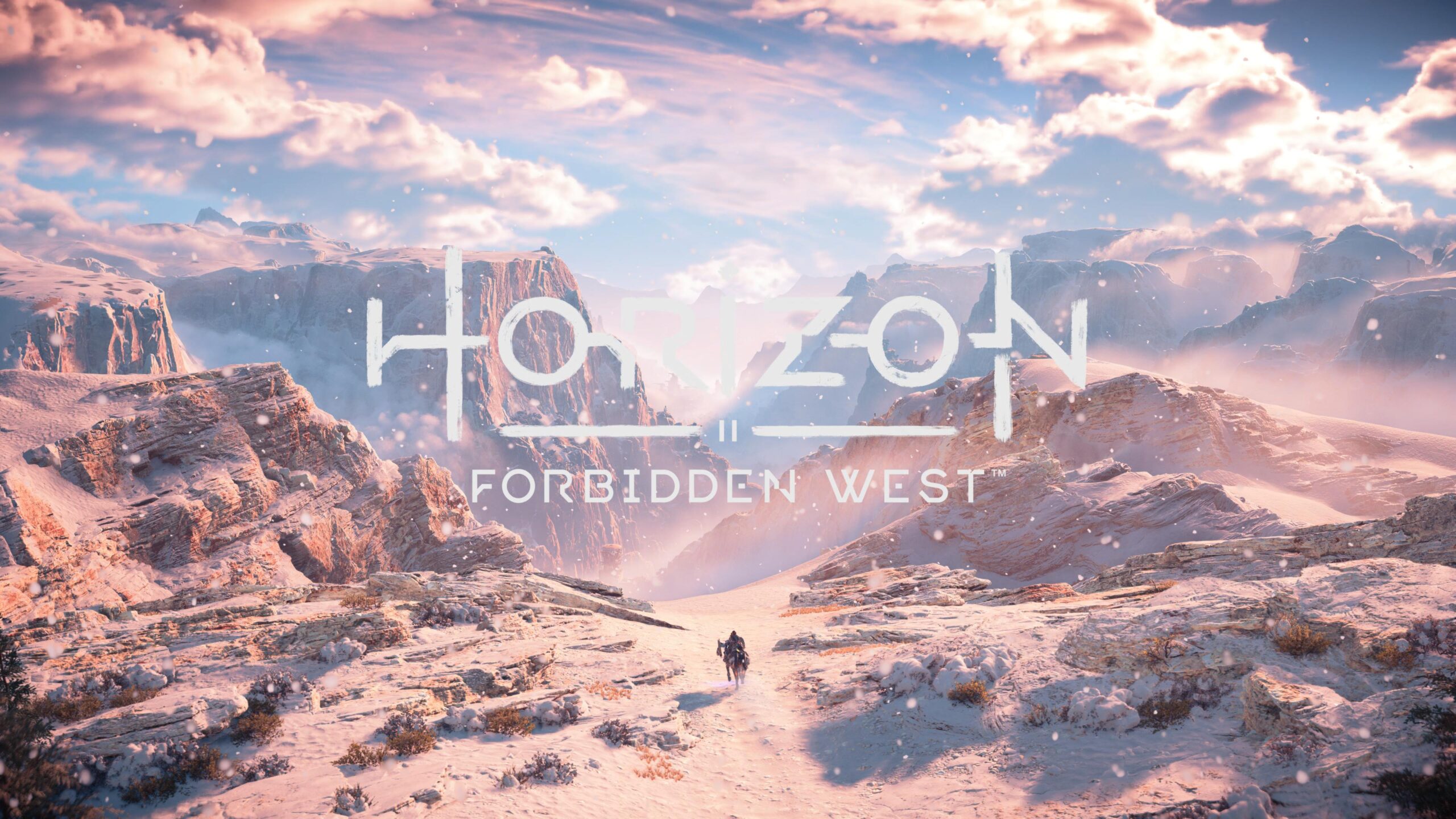
It’s been six months since Aloy defeated Hades, putting to rest its trail of destruction and ending the besiege of the Carja. Shortly after its defeat Aloy left the Carja capital in search of a backup of Gaia, the AI program which can stop the destruction of Earth’s biosphere that Hades set in motion. This search has thus far proven unfruitful, all the potential backup sites either wiped clean or destroyed by slow movement of time. It’s then you learn that your frenemy, Sylens, stole Hades upon its defeat and has been torturing it for information ever since. He then alludes to the fact that he knows where a functioning copy of Gaia remains, and will lead you to it. In his usual fashion he also belittles you for not seeing the whole picture, and to trust his guiding hand implicitly. With no more leads Aloy begrudgingly sets off on his direction, to the Forbidden West region, home to the Tenakth tribe.
I don’t know if it’s just me but whenever I start playing a sequel I seem to think that, most of the time, the visual upgrades are usually incremental more than revolutionary. It’s only looking back over my screenshots that I can see the difference and for Forbidden West, those differences are absolutely astounding. All of the screenshots you see here are in-game, none from pre-rendered cutscenes or cinematics. It’s really a testament to this generation of hardware, even with these being the 1.0 titles on the system. The level of detail, dynamic lighting, realistic weather systems, hair physics, you name it everything has received a generational improvement that makes the game an absolute marvel to behold. I’ll have to admit that, at first, it’s a lot to take in but once you get accustomed to the visual style and it’s visual clues you can really start to appreciate it for what it is.
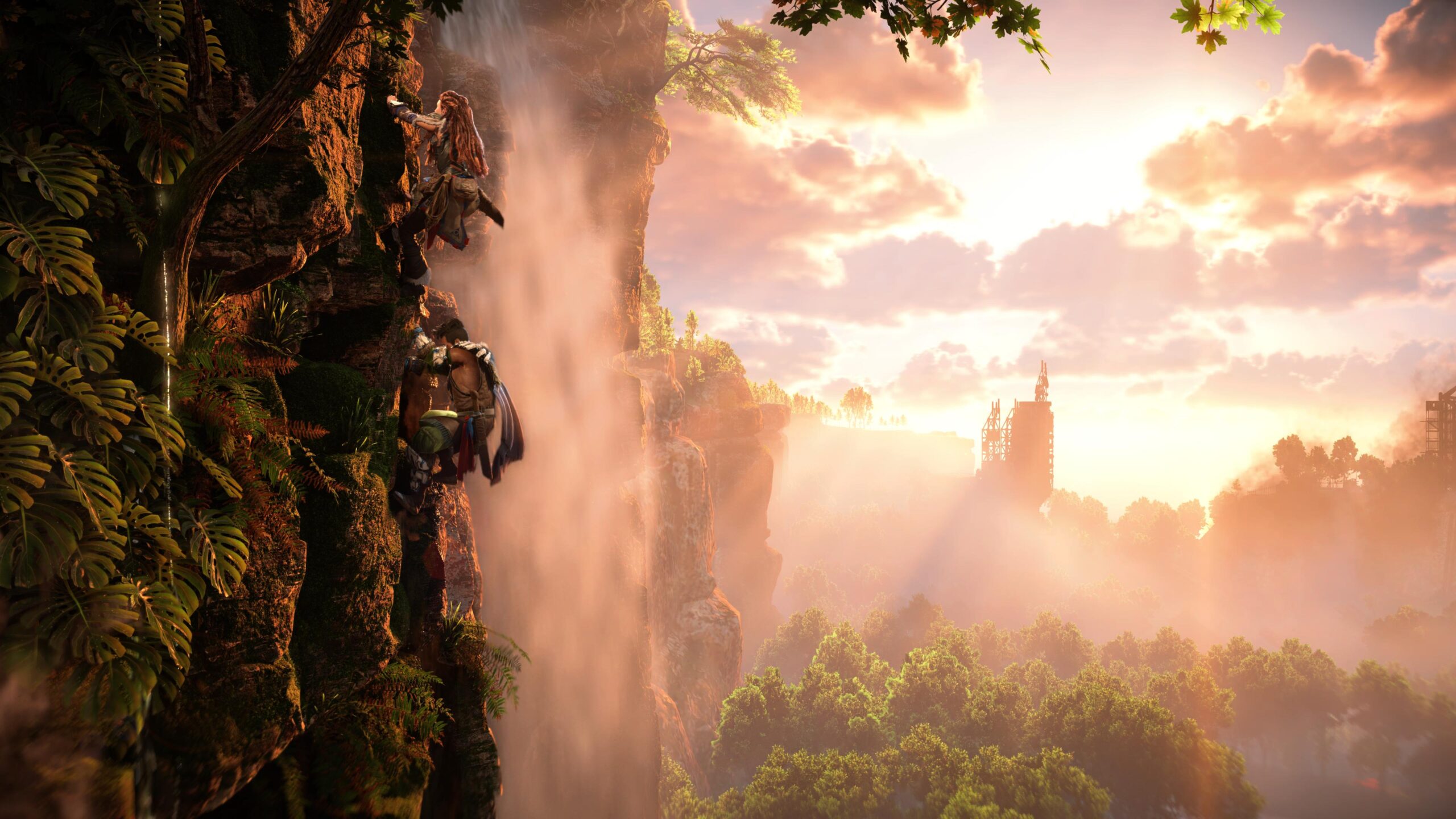
Forbidden West’s core gameplay loop should feel familiar to those who’ve played the original, albeit with a much more expanded scope and ambition. Many of the standard RPG tropes are still there: kill things/do activities to level up your character, spend skill points to unlock or improve talents, craft better gear from items you find or harvest in the world, and what have you. There’s the usual standard campaign mission with the usual array of side quests, activities and collectible hunts that are now a standard part of any open world game. The major difference here is the scale and density of all of these things; there’s just so much more of all of them. This is what initially had me hesitant to really get stuck into the game as it was just so overwhelming the amount of things the game threw at you when you first started out. Thankfully though the vast majority aren’t necessary for you to make meaningful progression through the game and a good chunk of them are enticing and rewarding enough that even this old campaign smasher found the time to do a lot of secondary objectives.
Combat follows the same style that the original established: stealth about taking out as many enemies as you can before you inevitably trigger one and then have to go all out. Enemies have varying weaknesses to different elements and most enemies have weak spots that can be exploited either to do massive damage or to remove components that you’ll need to use in crafting. The weapon variety seems to have increased significantly from the original with a slew of different weapons that all have their own special use cases and associated talent trees to maximise their effectiveness. Combat is also split between Aloy vs Machine and Aloy vs People, the latter being a lot more focused towards melee/stealth whilst the latter can really only be done at range. I mean sure, it looks like the melee tree has some viable things in it but given you can’t really get near most of the bigger machines without getting whipped about it’s not really something I can see many investing their skill points in.
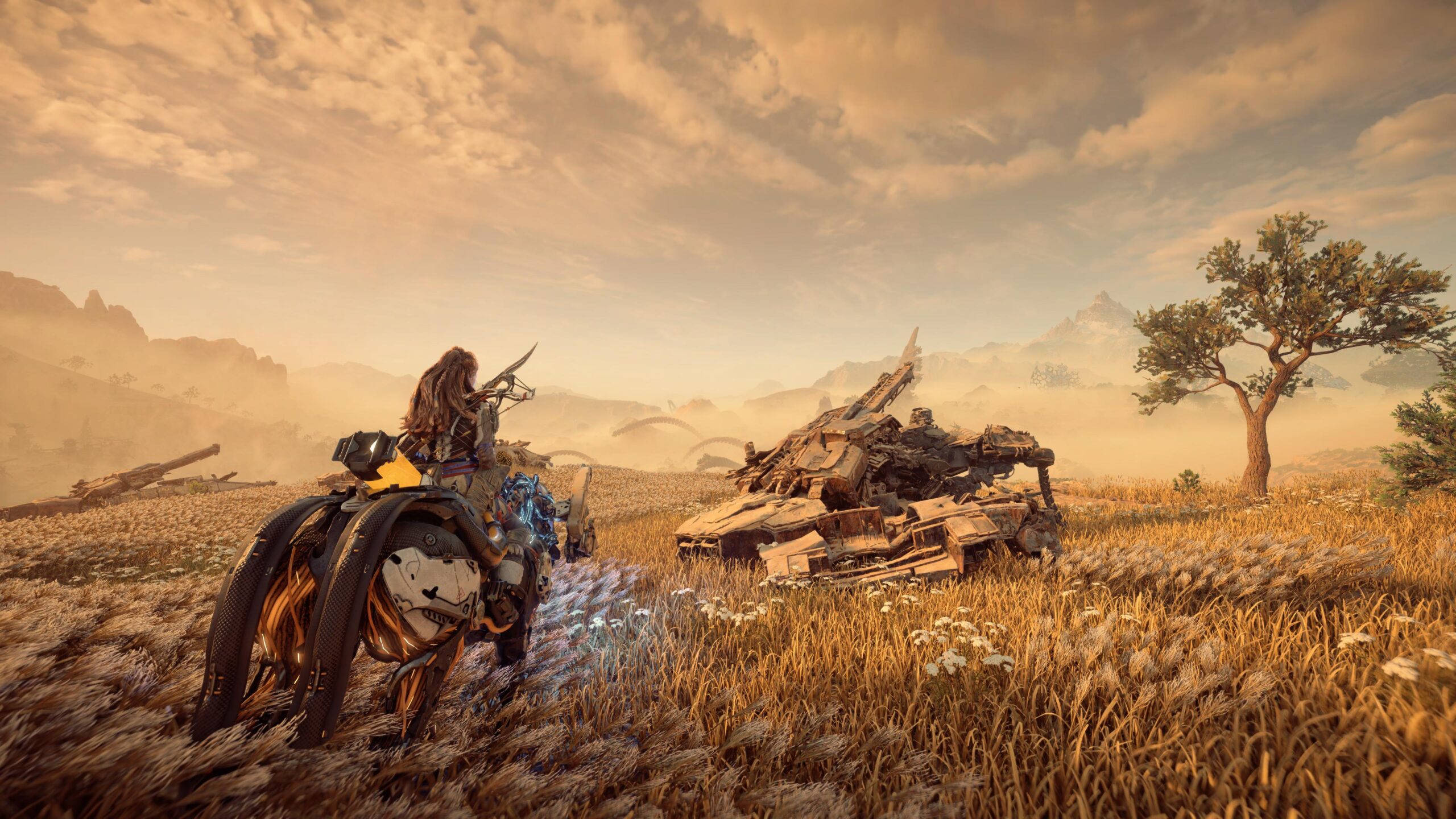
It’s been a while since I played a console shooter game and so my dexterity with my thumbs for aiming certainly isn’t what it used to be. With that being said I did manage to get somewhat competent with it towards the end, although I have to admit to relying heavily on the slow down time ability in order to hit weak spots most of the time. There also seems to be a much heavier focus on elemental damage this time around as doing most of the larger enemies with a standard damage bow took a lot longer than I felt was necessary. That’s complicated somewhat by the fact that it’s a right pain in the ass to get an effective arsenal together that covers each damage type effectively, sometimes locking you to using outdated equipment just because it’s the only one you have with the required damage type. I will admit though that once you have that kit built, most of the game becomes laughably trivial so that’s probably why it’s such a pain to do.
Stealth works pretty well, enabling you to do a good chunk of most missions without needing to take enemies head on or at a disadvantage. Like its predecessor you’re going to be doing that more for human or smaller machine targets as anything that’s more than 2 or 3 times the size of Aloy likely won’t go down in one hit and will likely alert before you can get a second one in. That being said the AI does seem a little more fair when it comes to doing things like say, sniping which used to be a 1 hit wonder kind of thing. Now, if you manage to stay out of sight you can usually pepper an enemy with a good number of arrows before they figure out where you are. This is especially useful for some of the larger boss fights where you can bust off a heavy weapon or two before the fight starts and then use them against said enemy.
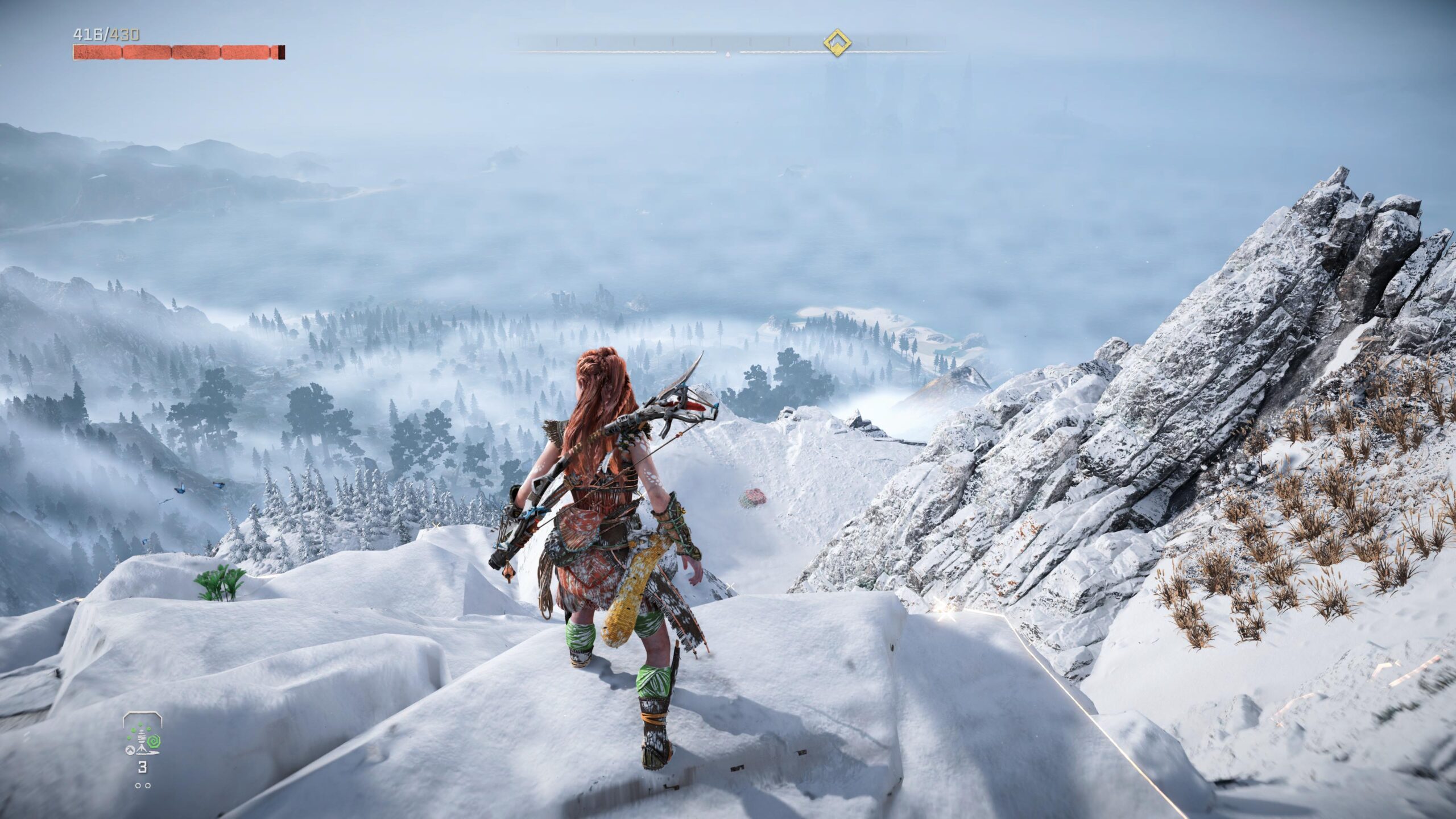
The upgraded and expanded skill trees look absolutely insane at first glance with no less than double that of its predecessor. 3 of them are dedicated to a particular play style (warrior, hunter, infiltrator) whilst the others are more like ancillary trees that will make your life a lot easier overall. For me the greatest value seemed to be in the hunter tree, since that’s focused on bow combat primarily whilst the others are only tangentially related. I really agonised over the early choices as, when I was playing, there was no opportunity to respec (there is now though!). Realistically though you shouldn’t worry too much about it as you’ll end up getting more talent points than you know what to do with. To be sure you could spend a lot on unlocking all the special skills, but since you can only have 1 of each equipped at a time you’d be switching things up constantly to make good use of them all.
The crafting system feels familiar with a few quality of life improvements thrown in to make it a little bit less of a chore to get the upgrades that you want. You can tag an upgrade or purchase you want to make as a “job” in your quest tab, which will then highlight a potential destination for you to go and find that particular material. It’ll even pop up in the scan when you’re looking at a particular machine that has the part you want, making it really easy to ensure that you are in the right place farming the right thing. Still though most of the higher end upgrades or materials needed to purchase legendary gear come from places well off the beaten track, tacking a good chunk of time to get to, then hunt down the prey before you can return for your prize.
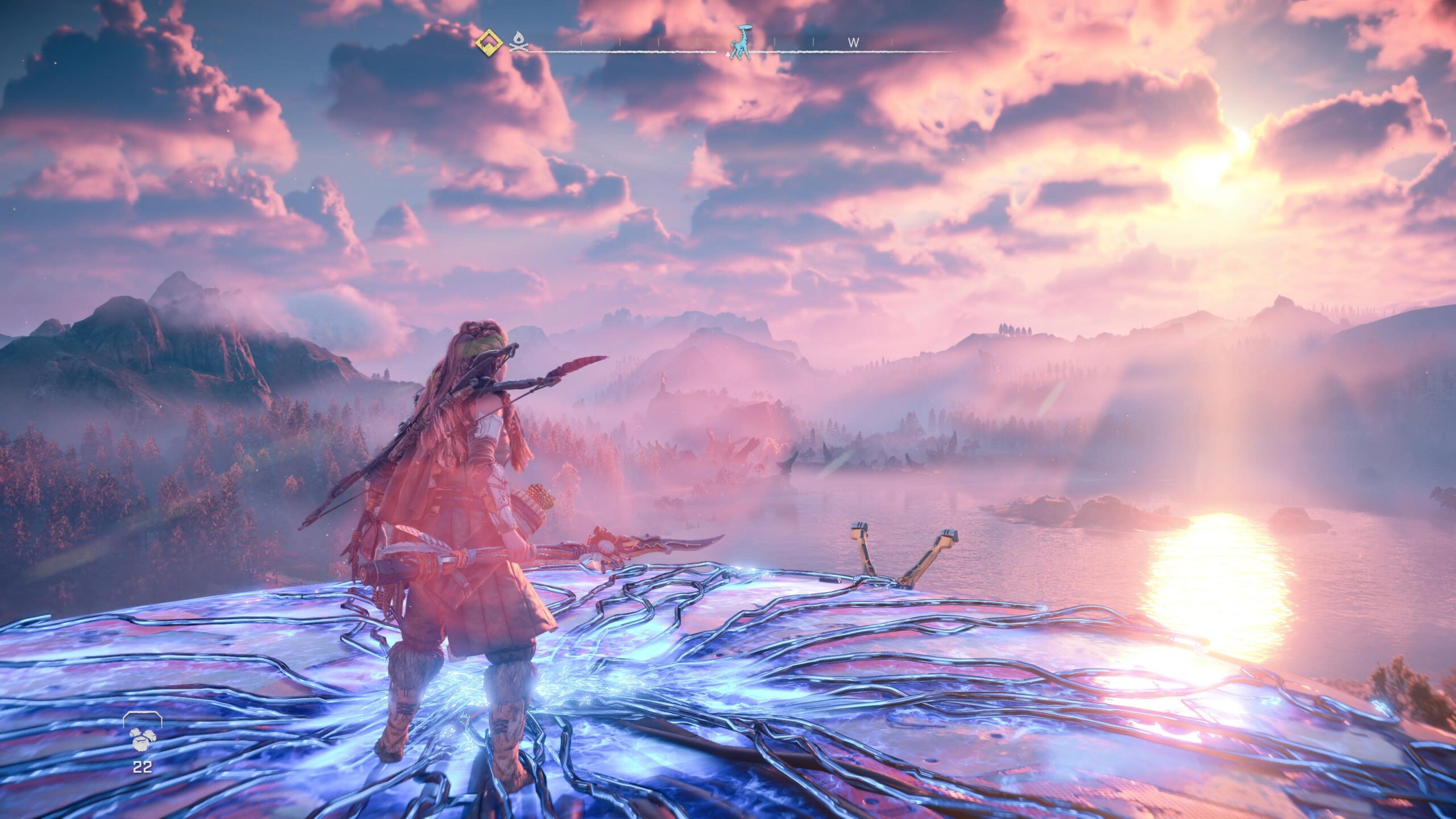
I’ll admit to only doing this a handful of times for items I was very sure that I’d be using for a good long while as many of the higher end upgrades need a lot of materials and they’re usually from protracted fights that, if you don’t finish them successfully, you lose all the materials you may have already gathered. Regrettably there are also a number of resources which only have a percentage chance to drop, so even if you’ve met a specific enemy multiple times before, and been extra careful to break off all the upgrade components you can see, there’s still a chance you won’t have any of them. This is what is supposed to make the upgrades more meaningful, of course, but I’ve always had a sore spot when it comes to grinding in single player games.
I avoided most of the additional activities and side quests, apart from those ones that my companions brought to me. To be sure, I think there’s probably 100 to 150 hours worth of play time in the game if you were seek out everything (my friend who’s trying to platinum the game, and hasn’t yet done so, is over 80 hours as of writing) which I’m sure is going to delight a few people. I was tempted to do some as I read that some of the game’s best items are locked behind these activities but looking into the rewards they didn’t fit my playstyle, so I left them behind. In the end I really had no trouble with the final boss, taking maybe a handful of attempts before I completed it. So I can safely say that those optional activities are just that.
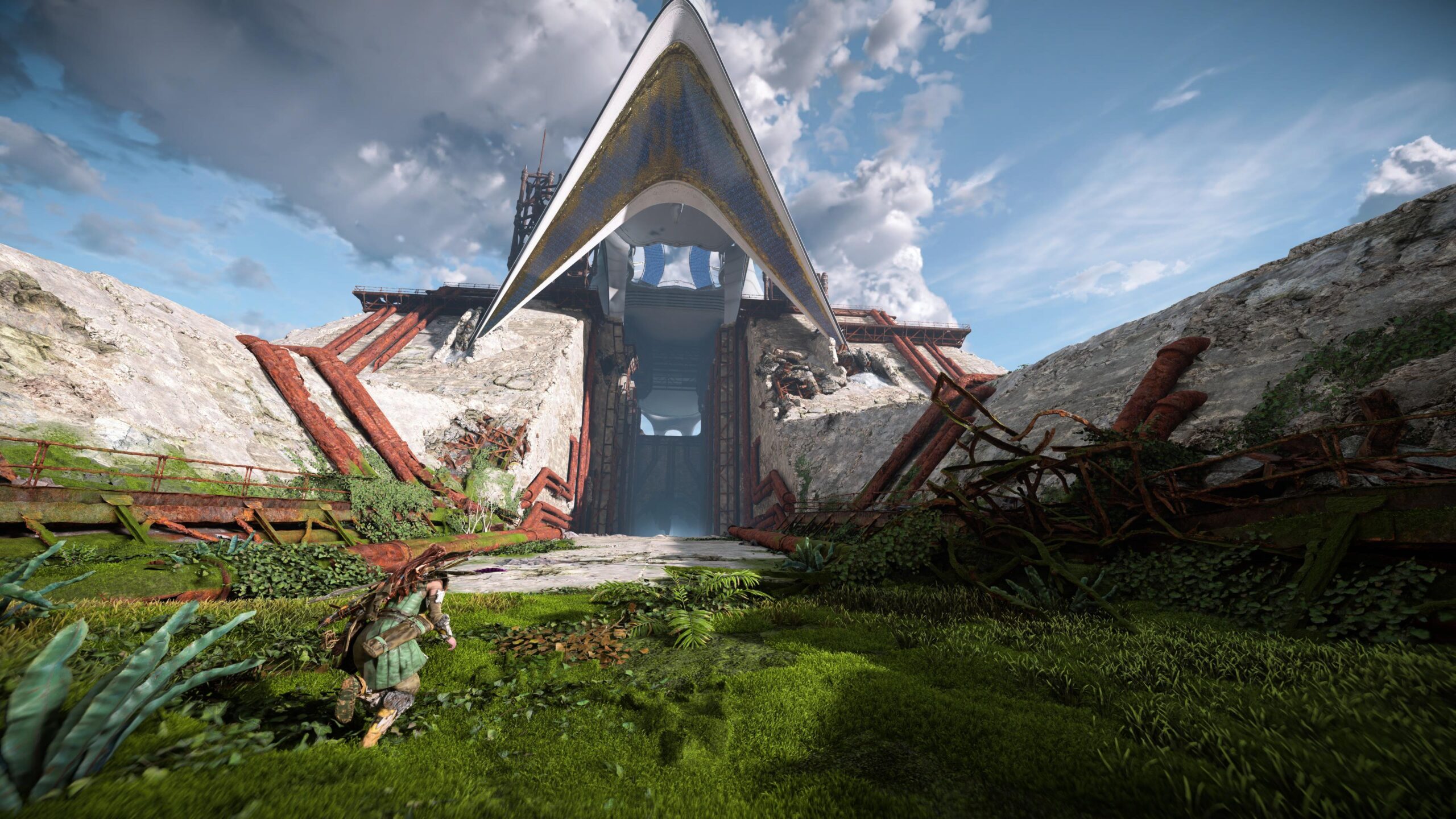
For a game of this scale it’s quite incredible that Forbidden West is as polished as it is with most of the major issues and glitches being ironed out before I sat down to play it a couple months ago. To be sure there were a few quirks that remained, but these were things that are pretty typical for games of this nature. Things like Aloy not latching onto edges when jumping at them, the camera being a bit unwieldy at certain platforming sections and the checkpointing system sometimes being more unforgiving than you expected it to be. The fact that I’m nitpicking here so go a long way to show that Forbidden West really has had the level of care and attention to detail given to it that this series has prided itself on.
I am a massive fan of gigantic wolds with epic stories to tell, ones that with the right elements can be setup to go basically anywhere. The Horizon series has done a great job of crafting a grand sci-fi epic from the ground up and this worldbuilding continues in spades with Forbidden West. The core narrative arc is strong, with the characters all given plenty of room to grow, change and develop over the course of the main story and side quests. Whilst the ending was an almost shameless way to set up for the sequel it made sense within the universe and given how much I enjoyed this instalment I can’t say I was upset of the prospect of more to come. I’m being extremely light on the details here as I don’t want to spoil anything but suffice to say that the narrative met the bar I had set for it.

Horizon: Forbidden West was an absolute joy of a game, one that I’m glad I was able to christen my PS5 with. Whilst most sequels would look to streamline and refine the experience Forbidden West instead went for grand scale in all respects and the results are truly stunning. That scale does bring with it a new set of issues to deal with, but the amount of polish and refinement that the game has received means that your experience is likely to be unmarred by the usual gotchas of big, open world games. Playing through this reminded me of just how close Zero Dawn came to winning my GOTY and, barring any other major contenders, I feel like I might know this years winner already.
Rating: 9.5/10
Horizon: Forbidden West is available on PlayStation 4 and PlayStation 5 right now for $109. Game was played on the PlayStation 5 with a total of 38 hours playtime and 50% of the achievements unlocked.



